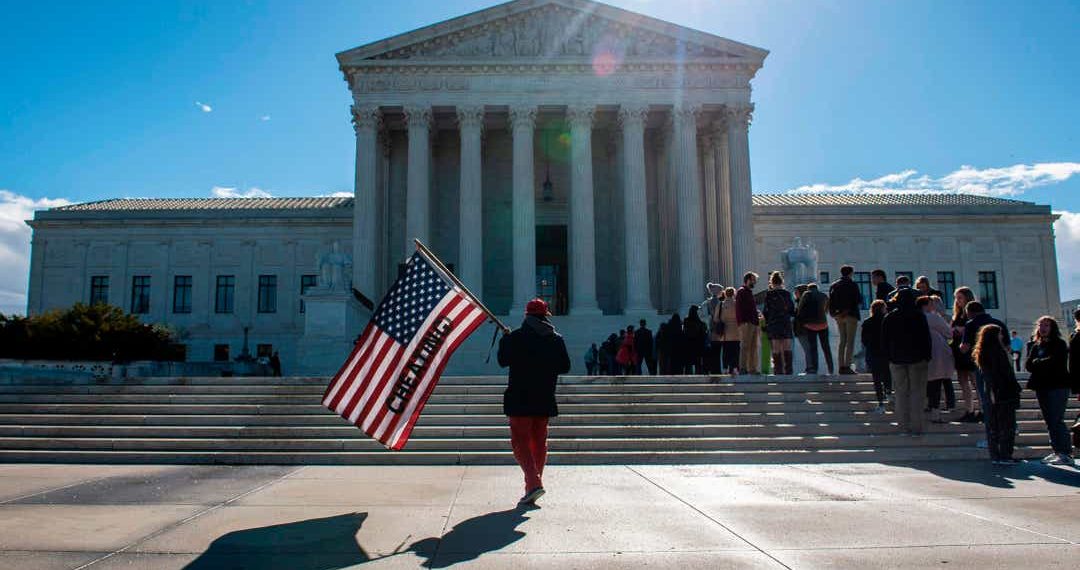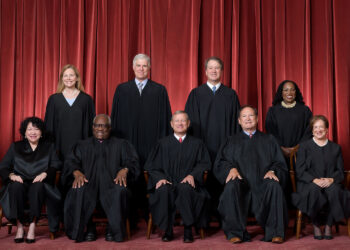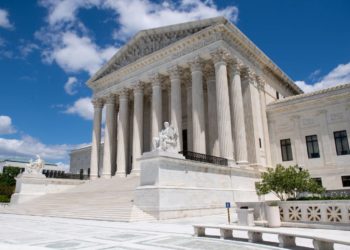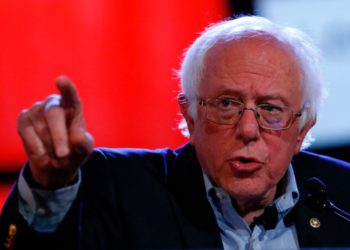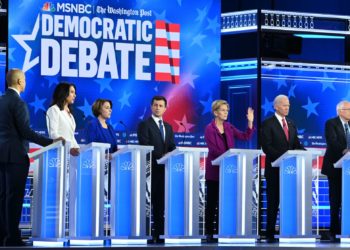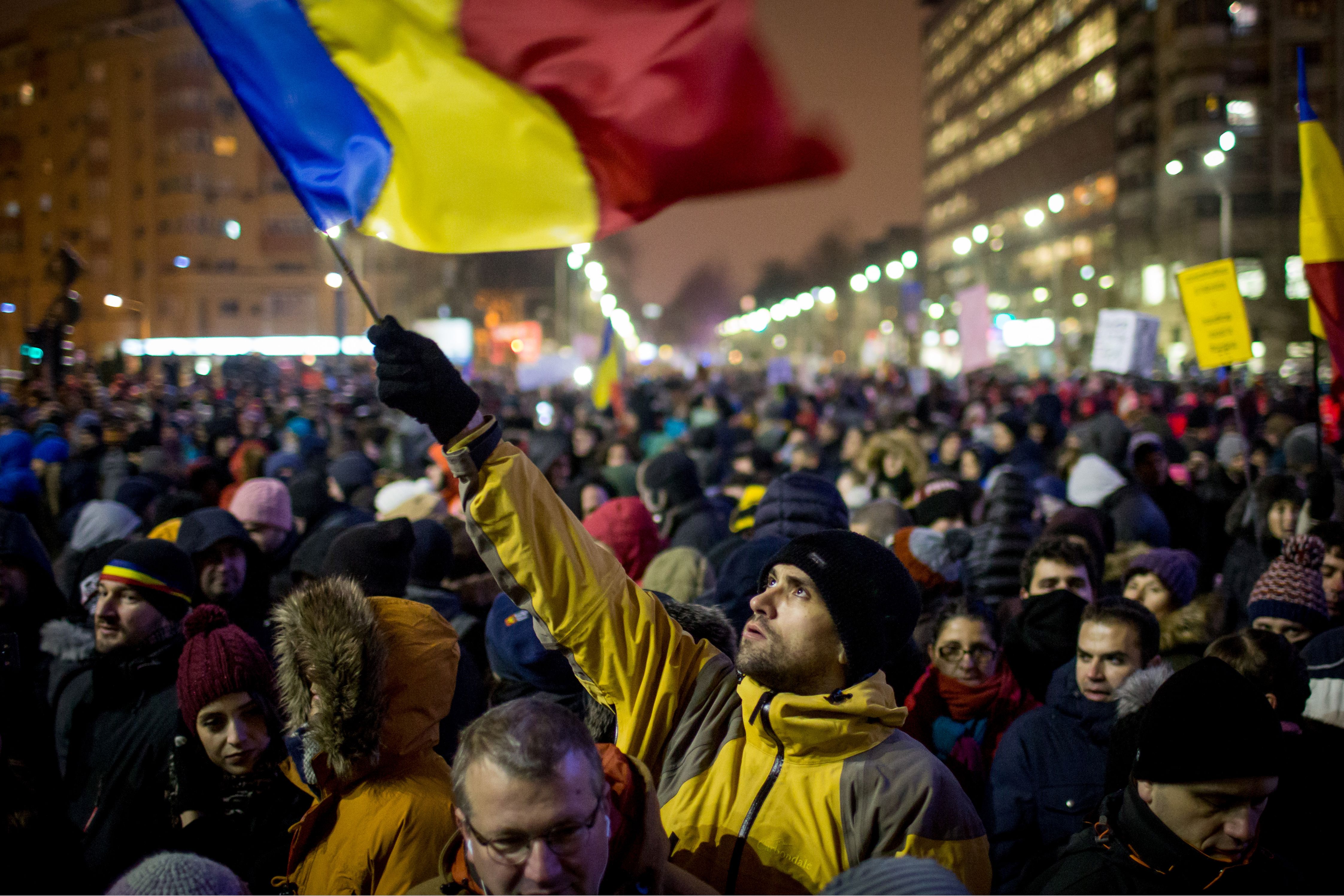For decades presidents and politicians have touted the idea of adding justices to the Supreme Court in an effort to depoliticize it, but experts say the political maneuver may only further divide the court along party lines.
The idea of adding justices to the court, also known as court-packing, made headlines when multiple Democratic presidential candidates showed their interest in such plans.
In the last Democratic debate, candidate Pete Buttigieg introduced his plan to reform the Supreme Court, which includes adding justices to the bench. He proposed that the court would have five Democrat justices and five Republican, and then those 10 justices would select five more apolitical justices from lower appellate courts.
But experts are wary of any court-packing plans and their ability to remove politics from the courtroom, especially during the Senate confirmation process.
“If Democrats were to take back control of the White House and the Senate at the same time and have unified government and expand the size of the court, they would be creating a precedent that would allow the Republicans to justify doing the exact same thing once they had that power. So essentially it just becomes an arms race,” said Ryan Black, an assistant professor in the Department of Political Science at Michigan State University.
Is Court-Packing Constitutional?
The Constitution dictates that the president nominates justices and the Senate confirms them. However, the document does not allocate the number of seats on the court, rather that it is a job for Congress.
So technically speaking, Congress can add seats to the court by passing new legislation without needing to amend the constitution.
However, in Buttigieg’s plan, he wants to reform the entire process for appointing justices. He would give appointing powers of the five apolitical justices to the 10 Democrat and Republican-affiliated justices.
Caroline Mala Corbin, a law professor at the University of Miami, said that this “may well be unconstitutional,” because the Constitution awards nomination powers to the president and confirmation powers to the Senate.
Additionally, Black said the responsibility of appointing judges to the court should fall on publicly elected officials.
“I think it is a pretty bad idea to have the justices picking who gets to be on the Supreme Court. You’re just essentially moving the politicization from individuals who at the very least are elected to individuals that nobody ended up electing,” she told The Globe Post.
Has Anyone Else Tried to “Pack the Court”?
President Franklin D. Roosevelt infamously tried to add justices to the Supreme Court in 1937. His Judicial Procedures Reform Bill, which eventually became known as the Court-Packing Plan, aimed to allow presidents to add a new justice for every justice over 70 years and six months old, up to a maximum of six additional justices.
Roosevelt’s attempt to reform the court was seen as politically motivated. Following the Great Depression, Roosevelt was trying to pass New Deal legislation to get Americans back on their feet financially. But, the court was not as welcoming to the legislation and ruled parts of it unconstitutional.
To combat the lack of support from the justices, Roosevelt introduced the Judicial Procedures Reform Bill to expand the number of justices on the court and pack it with people who were ideologically favorable to his New Deal legislation.
However, with a lack of support on both sides of the aisle, Roosevelt’s Bill died on the Senate floor. Since then presidents and politicians have frequently talked about expanding the court but none have formally tried to do it.
How to Depoliticize the Court
The court has not always been as politically contentious as it is today. In past confirmation hearings, justices were often unanimously confirmed by Senators.
One example of the political shift is Justice Antonin Scalia’s 1986 confirmation versus that of Justice Neil Gorsuch in 2017. On paper, Black said the two justices are similar, yet their confirmation processes were vastly different. Scalia was confirmed with a 98 to zero vote, yet Gorsuch’s confirmation vote was a much closer 54 to 45.
“We know that it can be less contentious you look at the confirmation votes for Justice Scalia, Scalia was basically unanimously confirmed,” said Black. “But there is no chance in a million years that Scalia would get that type of vote outcome today. And the way we know that is that Justice Gorsuch was essentially a clone of Scalia or in many ways similar to him in terms of the background he brought.”
Despite the tense political climate in the United States, Supreme Court experts often talk of imposing term limits to minimize the polarization among the confirmation process and the court as a whole.
Currently, Supreme Court justices have lifetime appointments to the court and can only be removed if they are impeached. This means that every justice has the potential to ideologically impact the court for decades, such as Justice Clarence Thomas who has been on the court for just over 28 years.
“Term limits end up routinizing a process that right now is sort of stochastic and random. So if every president knows if he or she is going to get two appointments to the bench and that they’re going to serve for 10 years that decreases some of the salience and some of the significance of a nomination,” said Black.
However, Corbin is unsure whether imposing term limits would depolarize the court or have an adverse effect.
“I do not know whether term limits, which would result in more frequent appointments to the Supreme Court, would make the process less political. On the one hand, each nomination would become less critical. On the other hand, it may just mean the political battles over nominees occur more frequently,” she said to The Globe Post.
But despite the difference in views on term limits, experts agree that adding seats to the Supreme Court is not going to get the outcome politicians except.
“My hunch would be that if it’s this packing type process that’s not going to be something that ends up being successful in terms of tamping own the contentious nature of the confirmation process,” said Black.


